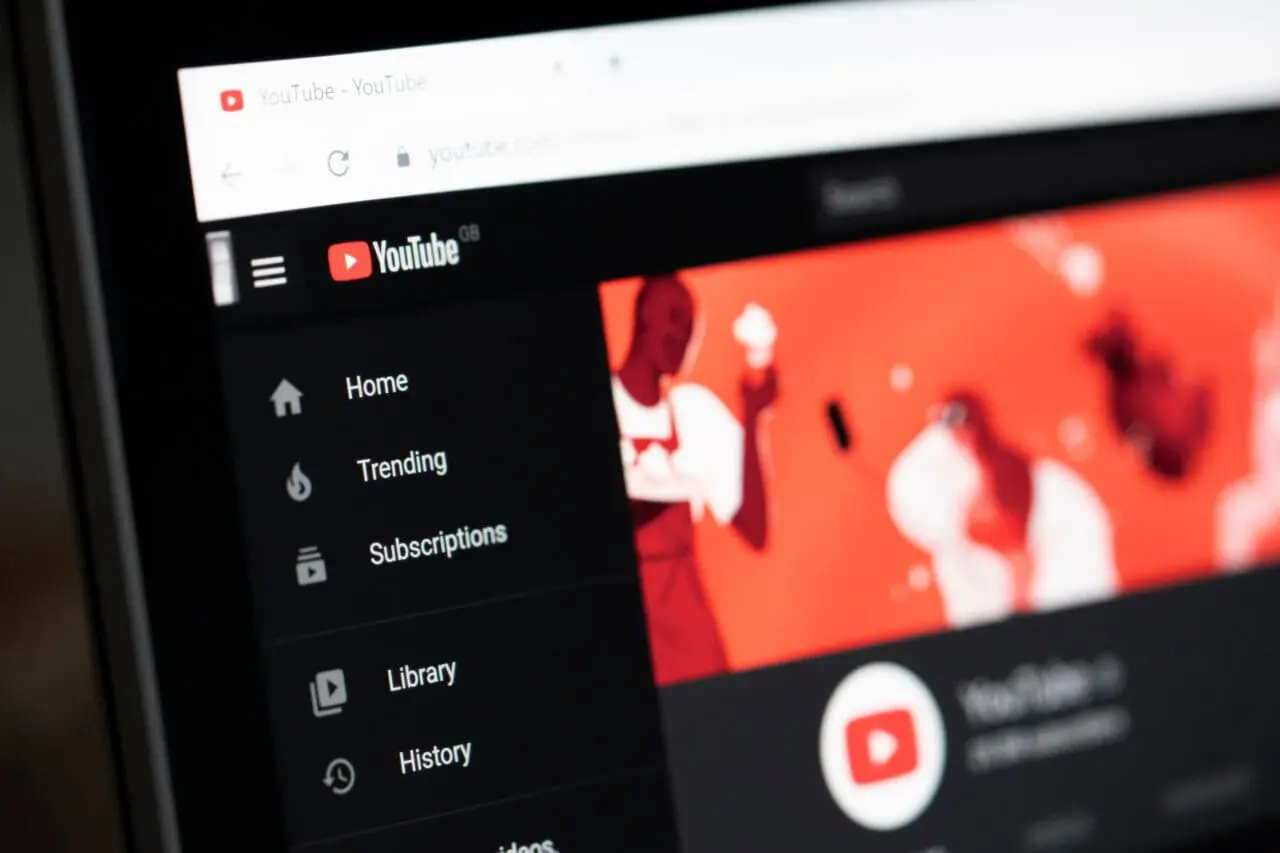

YouTube recently announced that they will be testing a new system to stop ad blocker usage and limit the amount of times a video can be played. This is part of an effort to further monetise their platform, but it has many users worried about how this could affect their viewing experience. In this article, we will take a look at what the new video limits mean for YouTube viewers and whether or not they should be concerned.
First and foremost, it is important to understand exactly how the new three-video limit system works. Basically, if you watch more than three videos consecutively without browsing away from the page, your fourth video will be blocked and you will be asked to click a button to confirm that you are still watching the videos. This is designed to stop ad blockers from being used, as it requires viewers to interact with the page in order for any more videos to be played.
That said, this system does have some potential drawbacks for viewers. For starters, it could become annoying to have to click a button every few videos. Additionally, it could lead viewers to become frustrated if the video they were hoping to watch is blocked due to the limit. Finally, it could be off-putting for users who are new to YouTube and not familiar with how this system works.
The new limits may also have some positive outcomes as well. By discouraging ad blockers, YouTube will be able to make more money through the ads that are shown before and during videos. Additionally, it can help creators earn more revenue from their videos as they will no longer have to worry about viewers skipping over or blocking their ads. Furthermore, this system could encourage viewers to watch entire playlists instead of just a few isolated videos at a time, which could lead to a better overall viewing experience.
When it comes to the new ad blocker scheme being tested by YouTube, there are both pros and cons that viewers should consider. On the one hand, this system could make it easier for YouTube to monetise their platform by preventing users from using ad blockers. This could be a positive outcome for creators who rely on ad revenue in order to make a living.
On the other hand, there are potential drawbacks that viewers should keep in mind as well. For example, it may be annoying to have to click a button every few videos in order to continue watching. Additionally, it could lead viewers to become frustrated if the video they were hoping to watch is blocked due to the limit. Finally, this system may be off-putting for users who are new to YouTube and not familiar with how it works.
In conclusion, whether or not the new ad blocker scheme being tested by YouTube is a good or bad thing really depends on the individual viewer. If you find the system to be annoying or constraining, then you may want to consider using an alternative platform for watching videos. On the other hand, if you don’t mind the limits and want to support YouTube’s efforts to monetise their platform, then you may decide that this system is something you are willing to live with.
The new video limit system being tested by YouTube has the potential to benefit creators in a number of ways. For starters, it could make it easier for them to make money from their videos as they will no longer have to worry about viewers skipping over or blocking their ads. Additionally, this system could encourage viewers to watch entire playlists instead of just a few isolated videos at a time, which could lead to more money being earned from each video.
Furthermore, by discouraging ad blockers, creators will be able to make more money from the ads that are shown before and during their videos. This could also lead to more subscribers and followers, as viewers will be more likely to watch their videos if they know that the creators are making money from them. Finally, this system could help YouTube create a better user experience overall by ensuring that viewers are being exposed to ads in a responsible way.
When it comes to the new video limit system being tested by YouTube, it is important for viewers to consider both the pros and cons before deciding whether or not they should be worried about these changes. On the one hand, this system could make it easier for YouTube to monetise their platform by preventing users from using ad blockers. However, there are potential drawbacks that viewers should keep in mind as well.
For starters, it may be annoying to have to click a button every few videos in order to continue watching. Additionally, it could lead viewers to become frustrated if the video they were hoping to watch is blocked due to the limit. Finally, this system may be off-putting for users who are new to YouTube and not familiar with how it works.
Ultimately, whether or not the new ad blocker scheme being tested by YouTube is a good or bad thing really depends on the individual viewer. If you find the system to be annoying or constraining, then you may want to consider using an alternative platform for watching videos. On the other hand, if you don’t mind the limits and want to support YouTube’s efforts to monetise their platform, then you may decide that this system is something you are willing to live with.
YouTube’s new video limit system can be confusing for some viewers, which is why it’s important to understand exactly how it works. Firstly, the system will only apply to videos that are embedded in other websites and not those viewed directly on YouTube itself. Additionally, there is a limit of three video plays per page or post before users must click the “Watch Again” button to continue viewing.
Once these limits are reached, users will be presented with an ad or other viewer engagement feature such as a survey. This means that viewers must either click the “Watch Again” button or complete the ad or engagement feature in order to continue watching the video. If they choose not to do this, then the video will no longer be available for viewing on that page or post.
It is also important to note that the three-video limit applies only to embedded videos and not live streams or those watched directly on YouTube. Additionally, YouTube has stated that it will not be counting views from its own website, which means that viewers can continue watching as many videos as they want without worrying about reaching any limits.
The new video limit system being tested by YouTube could have a number of impacts on the way viewers watch videos on the platform. For starters, it could make it more difficult for viewers to watch multiple videos in one sitting as they will be required to click the “Watch Again” button after every three video plays. Additionally, viewers may become frustrated if they are unable to watch the video they wanted due to a limit being reached.
Furthermore, this system could lead to more ads being shown before or during videos as creators will be able to monetise their content through these placements rather than relying on ad blockers. Finally, viewers may also find that their experience is negatively impacted by the system as it may be off-putting for those who are new to YouTube and not familiar with how it works.
YouTube’s three-video limit system is still in its early stages, so it is difficult to predict exactly what changes will be made or when they will be implemented. However, it is likely that viewers will start to see more ads before and during videos as creators are able to monetise their content in this way. Additionally, the “Watch Again” button will likely become more prominent as viewers must click it in order to continue watching after every three video plays.
It is also possible that YouTube may add more limits to the system in order to further monetise their platform. For example, they could limit the number of videos a viewer can watch in a day or week before being required to click the “Watch Again” button again.
When it comes to evaluating the pros and cons of YouTube’s three-video limit system, it is important to consider both sides of the argument. On one hand, this system could make it easier for YouTube to monetise their platform by preventing users from using ad blockers. Additionally, viewers who are not comfortable with ads may find that this approach is more palatable than having to watch them before or during videos.
On the other hand, there are potential drawbacks that viewers should keep in mind as well. For starters, it may be annoying to have to click a button every few videos in order to continue watching. Additionally, it could lead viewers to become frustrated if the video they were hoping to watch is blocked due to the limit. Finally, this system may be off-putting for users who are new to YouTube and not familiar with how it works.
As a content creator, it is important to consider how your video strategy will be affected by the new three-video limit system being tested by YouTube. For starters, if you are relying on ads for monetisation, then you may want to adjust your content strategy in order to accommodate the limits. This may mean creating shorter videos as they will be more likely to reach their three-video limit and thus generate more ad revenue for you.
Additionally, you may want to consider creating videos with engaging introductions in order to keep viewers intrigued and coming back for more. Finally, it is also important to make sure that your content meets YouTube’s standards in terms of quality and length, as this will ensure that you are not penalised for violating their policies.
At the end of the day, it is essential to understand how the three-video limit system works in order to create a content strategy that is tailored towards it. By doing so, you can help ensure that your videos reach their maximum potential and that you are able to generate the most possible ad revenue. Ultimately, adjusting your content strategy to accommodate YouTube’s three-video limit system could be beneficial for both viewers and creators alike.


